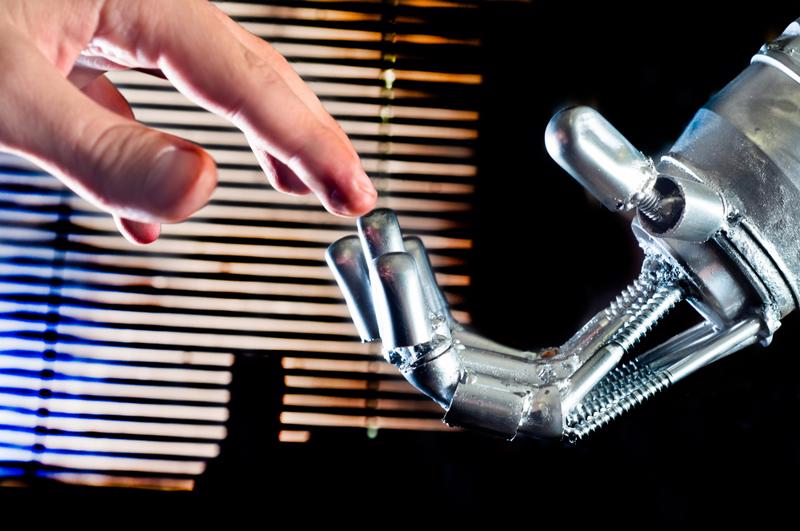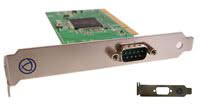
Robots with a human touch
By Max BurkhalterMay 24, 2022
Among the winners at the 13th IoT Innovation World Cup at Hanover Masse, one tech startup drew attention due to its innovative sensor system. XELA Robotics unveiled the uSkin sensor, designed to provide a human sense of touch for robot hands and grippers.
This article will examine the applications of this exciting internet of things (IoT) technology.
Shake on it
Composed of high-density 3-axis tactile sensors enclosed in a small, discreet package, the uSkin XR22 chip offers the ability to customize tactile sensitivity. One of the unique features of the sensory housing within the chip is the enclosed digital output. Many of today's leading IoT sensors require a large amount of analog to digital converting hardware – uSkin encapsulates digital output technology within the tiny chip. This increases the efficiency of the sensors, enabling faster and more accurate tactile measurements with minimal interference.
Designed to help machines grip objects with precision, XELA Robotics hopes its application will ensure productivity in light of an actively aging workforce. The chip can easily be integrated into existing robots, adding exciting new applications to the already-booming robotics manufacturing market.

Big business
Research and Markets projects the Global Vision Robotics Market to reach a value of $13.4 billion by 2027, at a compound annual growth rate (CAGR) of 14.42%. A vision-guided robot (VGR) is classified as a machine equipped with cameras, special-purpose lighting and software designed to enable precision in operations.
The application of tactile touch sensors in manufacturing robotics adds to the production line efficiency of today's conventional machines. The ability to employ robots in workstations requiring fine motor-skill taskings would dramatically increase manufacturing productivity, as robots could be automated to work around the clock, with no breaks or designated shifts.
The demand for VGR has increased dramatically in the wake of the COVID-19 pandemic, with many sectors of industry still reeling from a loss in productivity. Enhanced robot technology, such as tactile touch sensors, will be in high demand as corporations seek to ramp up manufacturing quotas in this 'new normal.'
Collaborative robots, or 'cobots,' as defined by Ericsson, are machines that work alongside humans to enhance productivity outcomes. Tasked with assisting the workforce in the medical community, for example, a cobot could physically assist a surgeon while performing an extensive operation. As the robots never tire or require a break, they could theoretically provide limitless aid for work that requires precision and a proverbial 'steady hand.'
Big market demand is evidenced by the allocated spend on robotics research and development that results in technologies like the uSkin sensor. Future IoT reports that hardware-based robot operating system optimization efforts will result in the shipping of 45,000 cobots and 450,000 mobile robots this calendar year, a 65% and 51% year-on-year growth.
Perle plays a part
To learn about the advances Perle is aiding within the industrial automation industry, visit our solutions page. EControl-Glas-integrated Perle device servers automate the control of window panes — just one way in which automated technology is making life easier at work and home.



